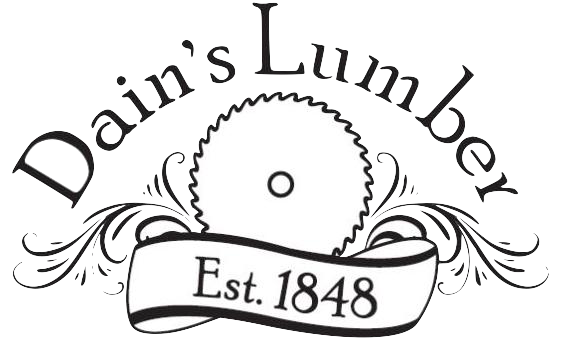
More than 40 species make up the group of trees that are known as Spruce or Spruce-Pine Fir (SPF). Sitka Spruce, White Spruce, Lodgepole Pine, Engleman Spruce and White Fir are commercially the most important. All of these trees are conifers.
Sitka Spruce (Pinusitchensis) - One of the major timber-producing species of the Pacific Northwest. Forms extensive pure forests but is sometimes mixed with western hemlock and Douglas fir. Varies in height from 180 to 200 feet. Trunk diameters are from 3 1/2 to 4 1/2 feet.
White Spruce (Picea glauca) - Grown principally in the Great Lake States and New England, in dense stands on hill sides and mountain tops. The largest white spruce, found in Koochching, Minnesota, is 128 feet high with a trunk circumference of 116 inches.
Lodgepole Pine (Pinus contorta) - A medium sized tree 70 to 80 feet high and 15 to 30 inches in diameter. It is found in Western North America from California through British Columbia into the Western Yukon. It is a prolific seeder and one of the most aggressive and hardy of western forest trees.
Engleman Spruce (Picea engelmannii) - Typically a mountain species found on the West coast of North America, the Rocky Mountains and the Casade Mountains. It is a very tolerant tree and attains heights of 100 to 120 feet and trunk diameters of 18 to thirty inches.
White Fir (Abies concolor) - White fir has the largest range of any of the commercial western firs and can be found throughout the Western United States. It ranges in height from 130 to 150 feet with a trunk size of 3 to 4 feet in diameter.
These species have very similar properties and commercially no distinction is made between them. Spruce (SPF) wood is light in color, straight grained, soft, lightweight and resinous. Spruce (SPF) dries easily and is stable. It is moderately strong, stiff and tough. It is easily worked with all tools and takes all fasteners well.
The largest use for Spruce (SPF) in the lumber industry is for framing in general construction. It is consistent, plentiful, reliable and inexpensive. Besides framing and general construction, it is used in general millwork. It is also used in boat building and for ladders, scaffold planking, boxes, crates and fencing. It is the particular choice for almost all piano sounding boards.
